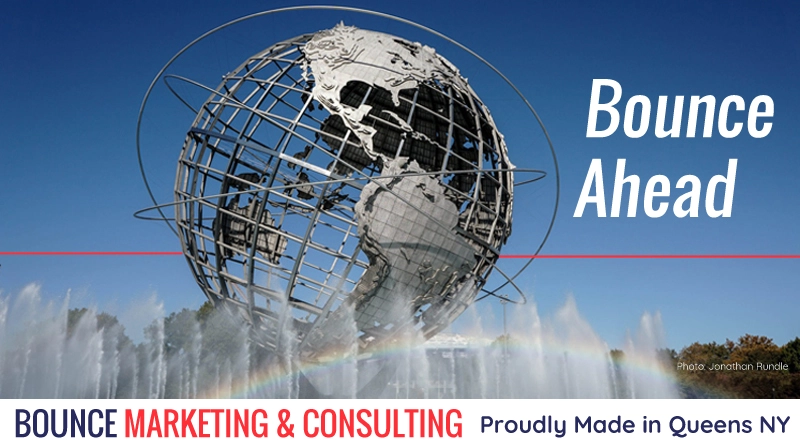
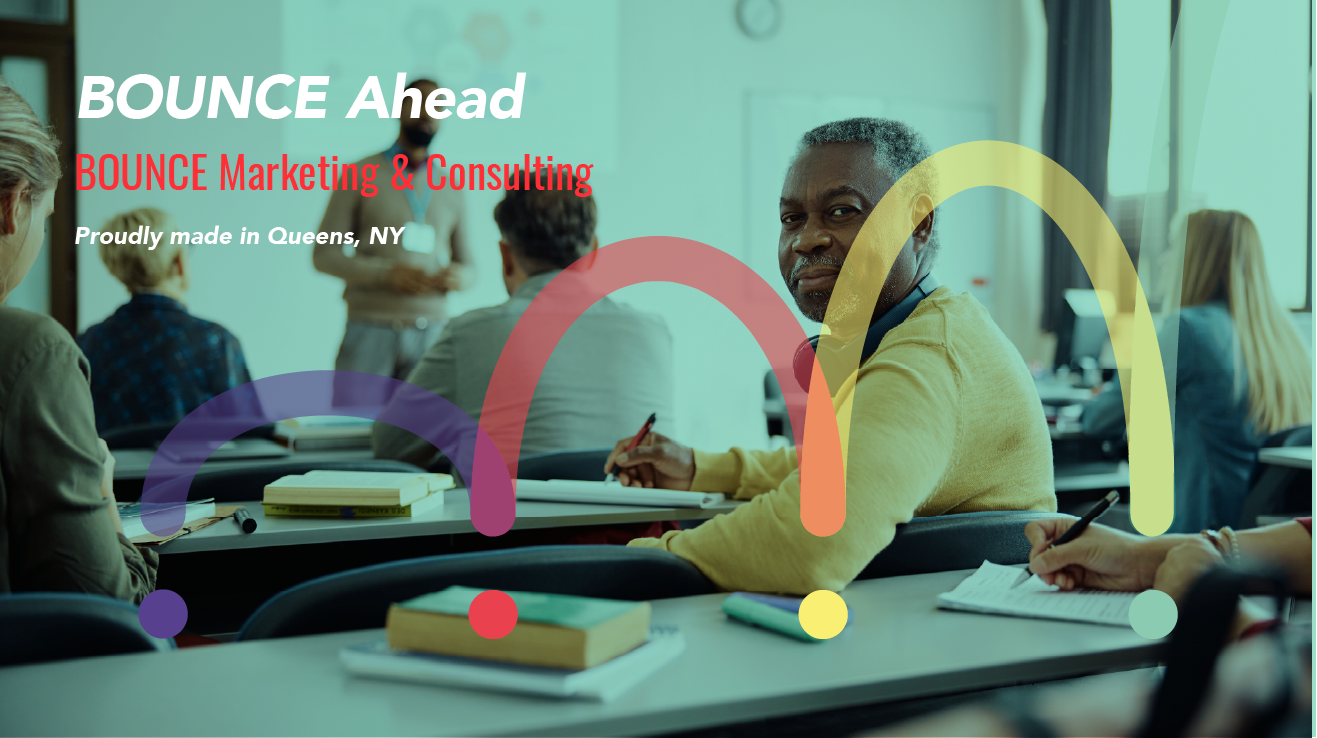
The experienced medical assistant scrolls through your nursing program requirements and closes her laptop.
The IT manager with 15 years of experience looks at your cybersecurity program prerequisites and decides to wait until next year.
The manufacturing supervisor interested in your operations management degree sees the list of foundational courses and thinks, “Why should I pay to learn what I already know?”
These aren’t your current students walking away. These are the experienced professionals who never even submit applications because traditional program structures don’t speak to their reality.
They represent an entirely untapped enrollment pipeline and Credit for Prior Learning (CPL) is your key to reaching them.
Most workforce programs think about CPL as a student service: a nice way to help enrolled learners save time and money. But that’s thinking too small.
CPL may actually be your most underutilized enrollment strategy, capable of attracting entire student populations you’re not currently reaching and creating employer partnerships that drive sustainable revenue growth.
The data from the Council for Adult and Experiential Learning (CAEL) makes the case crystal clear:
• Adult learners who earn CPL credit are 17% more likely to graduate than those who don’t. At community colleges, that number jumps to 25%.
• Students with 12 or more CPL credits shave 9-14 months off their degree completion time, while saving between $1,500 to $10,200 on tuition.
• Among adult learners who identify as “likely to enroll,” CPL strongly influences their choice of college.
In a world of shrinking enrollment, this is your competitive advantage.
Adult learners who earn CPL credits take an average of 17 more credits than those who don’t, directly impacting your credit hour revenue. These students are more engaged, more likely to persist, and more likely to complete their credentials.
CPL can help you create a more sustainable enrollment model that works for today’s adult learners, while generating incremental revenue for your institution.
Here’s the myth that’s holding too many programs back: “CPL means giving away credits for free.”
This couldn’t be further from the truth.
Quality CPL assessment, following CAEL’s Ten Standards, is rigorous, evidence-based, and requires students to demonstrate college-level learning. It’s less about rewarding experience or time spent than it is about validating documented learning outcomes that align with your program standards.
When done right, CPL assessment involves:
• Faculty-led evaluation of learning portfolios
• Standardized exams (CLEP, DSST)
• Credit recommendations through ACE or NCCRS
• Departmental challenge exams
• Industry certifications mapped to academic credit
Students still have to prove what they know. The difference is you’re meeting them where they are instead of making them pay to re-learn what they’ve already mastered.
For your students: CPL validates their real-world expertise and accelerates their path to career advancement. A 45-year-old healthcare worker doesn’t need to sit through a basic medical terminology class when they’ve been using it for decades. Instead, they
can focus their time and tuition dollars on new skills that advance their career.
For your employer partners: Companies with tuition reimbursement programs save money when their employees can test out of courses they already know. According to the Society for Human Resource Management (SHRM), employers rate these cost savings as “highly valuable.” Plus, employees complete programs faster, minimizing time away from work.
For your program: Creating value attracts
more students and generates new income streams. CPL assessment fees, accelerated program completion leading to faster cohort turnover, and increased credit hour consumption from more engaged students all contribute to your financial sustainability.
When workforce programs get CPL right, the results can be transformative. Let’s say a nursing assistant with 10 years of experience enrolls in your LPN program. Through portfolio assessment, she earns 9 credits for her demonstrated competencies in patient care, medical terminology, and healthcare systems. Instead of spending a full semester on foundational courses, she dives straight into advanced clinical skills.
As a result, she completes the program four months faster, saves $2,700 in tuition, and you can enroll another student in her original seat. She’s also more likely to continue to your RN bridge program because the CPL process reinforced her confidence as a learner.
1. Make CPL visible from day one
Your CPL options should be prominently featured on your admissions page. Adult learners need to know immediately that you value their experience and can help them build on what they already know.
2. Train your front-line staff
Admissions counselors, advisors, and enrollment staff need to know how to spot CPL opportunities. A simple question like, “Tell me about your work experience” can uncover thousands of dollars in potential credit.
3. Create clear assessment pathways
Whether it’s portfolio development, industry certification crosswalks, or challenge exams, your CPL processes should be transparent and efficient. Students should understand exactly how to demonstrate their learning and what support is available.
4. Tell the success stories
Your CPL graduates are your best marketing assets. Their stories of accelerated completion, career advancement, and cost savings will resonate with prospective students who see themselves in similar situations.
Effective CPL marketing requires three essential narratives:
The career acceleration story: “A project manager used her workplace experience to earn 12 credits and completed her operations management degree 18 months early. She received a promotion to plant manager before graduation.”
The financial impact story: “A military veteran’s experience and leadership training earned him 24 credits, saving $7,200 in tuition while fast-tracking his path to a bachelor’s degree in logistics management.”
The employer partnership story: “Regional Medical Center partners with our nursing program to help their experienced staff earn degrees faster. Last year, 15 employees advanced from medical assistants to registered nurses.”
These success stories become valuable recruitment tools that help prospects envision their own success.
The most successful workforce programs build CPL into their value proposition. They partner with employers to create custom assessment pathways for company-specific training. They develop articulation agreements that recognize industry certifications. They use CPL data to inform curriculum development and employer engagement.
The goal is to position your program as the go-to destination for adult learners who want their experience to count.
To unlock CPL’s potential for your program, start with these three actions:
1. Audit your current CPL offerings. What options do you provide? How easy are they to find and access? Where are the gaps?
2. Train your student-facing staff to identify CPL opportunities. Give them conversation starters and assessment resources.
3. Feature CPL success stories in your marketing materials. Show prospective students that their experience has value.
The adult learners are out there. The employers are ready to partner. The revenue opportunity is real. Can you afford not to implement robust CPL programming?
At BOUNCE, we help workforce programs tell the stories that transform CPL from a student service into a strategic enrollment advantage. We know how to position your programs for experienced learners, develop employer partnerships, and create messaging that attracts the students you’re not currently reaching.
Whether you need help refining your CPL processes, crafting compelling success stories, or developing marketing strategies that speak to experienced professionals, we’re here to help you turn missed opportunities into consistent enrollment growth.
Take our complimentary Workforce Marketing Self-Assessment – no sales pitch, just actionable insights.
BOUNCE onto some great ideas with our newsletter, BOUNCE Ahead.
Sign up now for monthly motivation around effective branding, design, and copywriting.
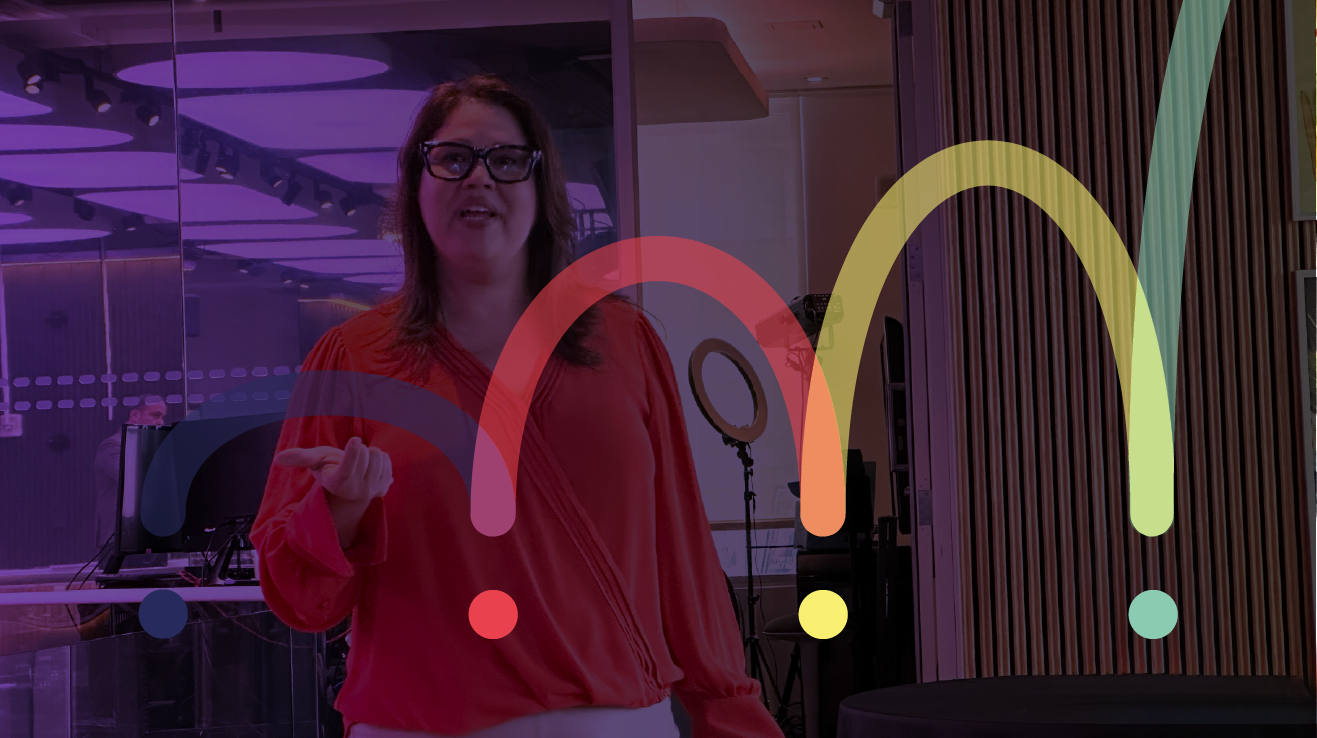
In 2025, BOUNCE focused on strengthening delivering clear and consistent value to workforce and adult learning organizations. We sharpened our workforce offering, improved internal systems, added external accountability, and began thoughtfully developing a guided career discovery platform. This work reflects what we continue to see across the field: leaders need clarity, structure, and tools that reduce friction for teams and confusion for learners.Read More
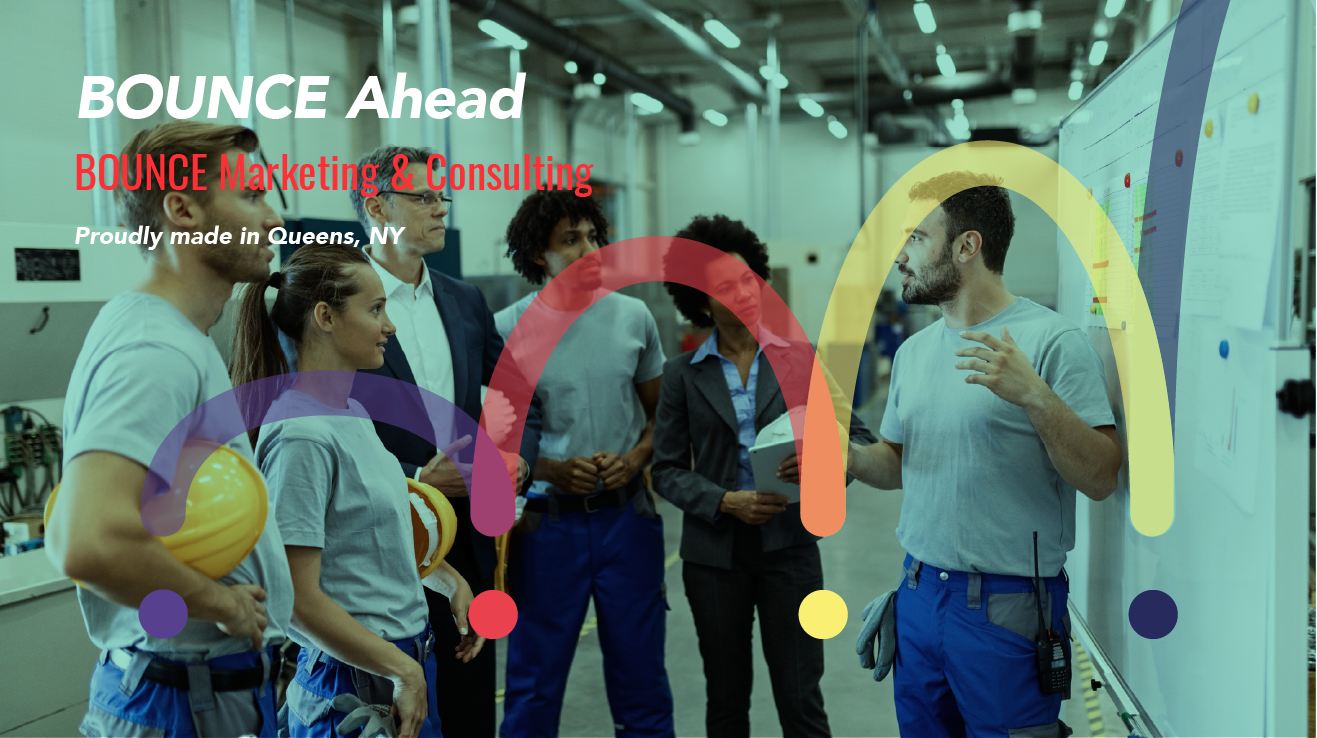
The best workforce partnerships don’t always start in boardrooms; they can start over coffee. I was having one of those casual, post-meeting chats when an HR director confided his company’s painful reality: despite investing in two weeks of solid onboarding training, they were losing 54% of new employees within six months.Read More
We are a Minority- and Women- owned business enterprise certified with the Port Authority of New York/New Jersey, New York State, and New York City.

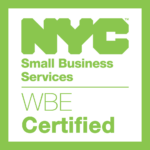
© 2024 Bounce Marketing & Consulting. All Rights Reserved.